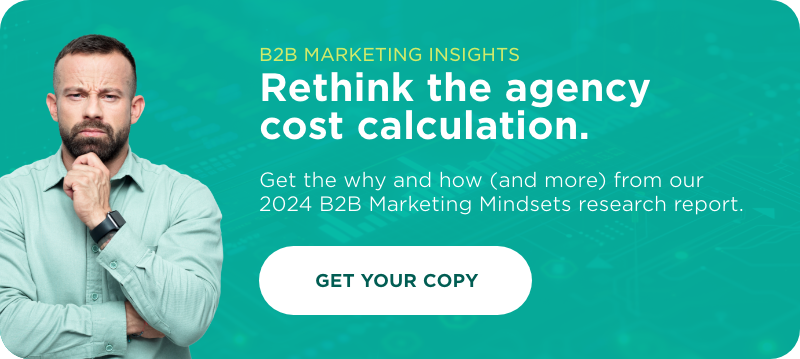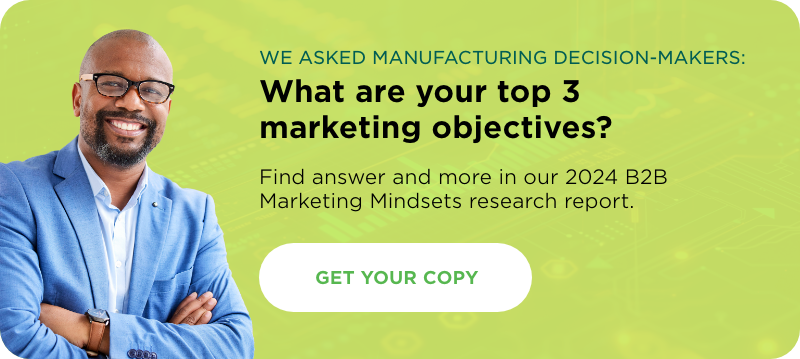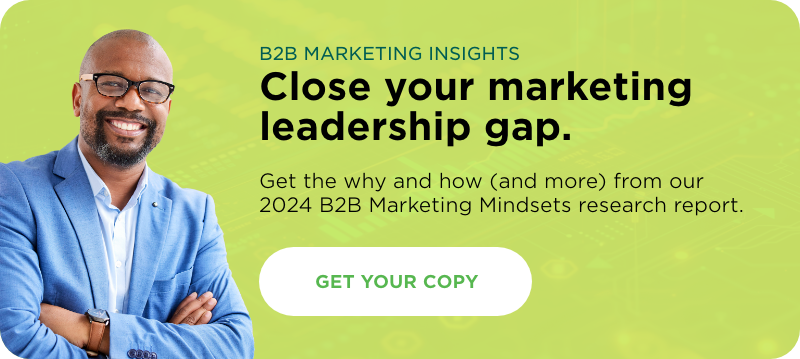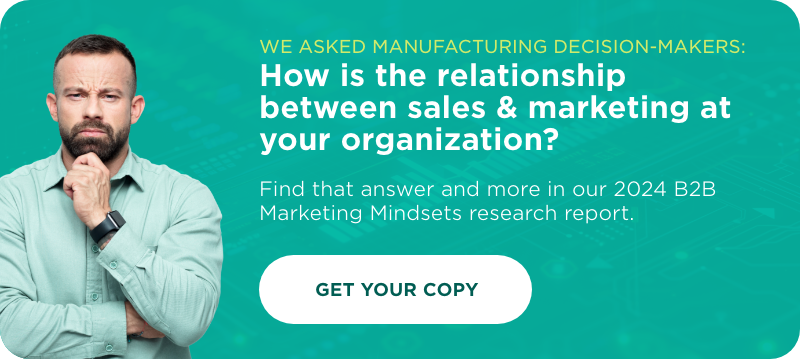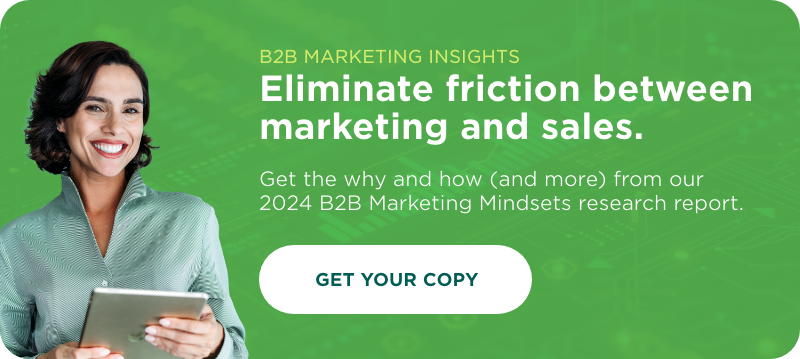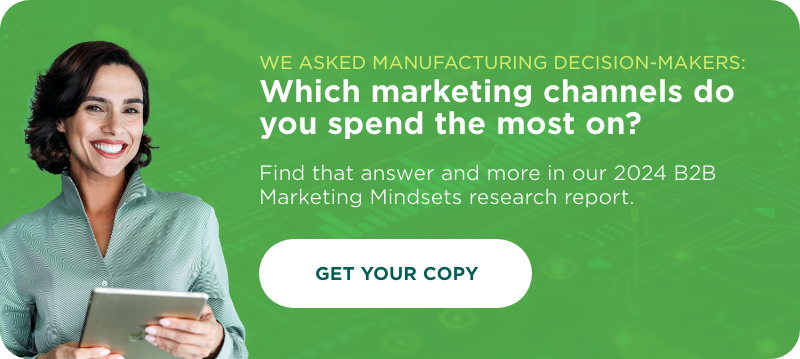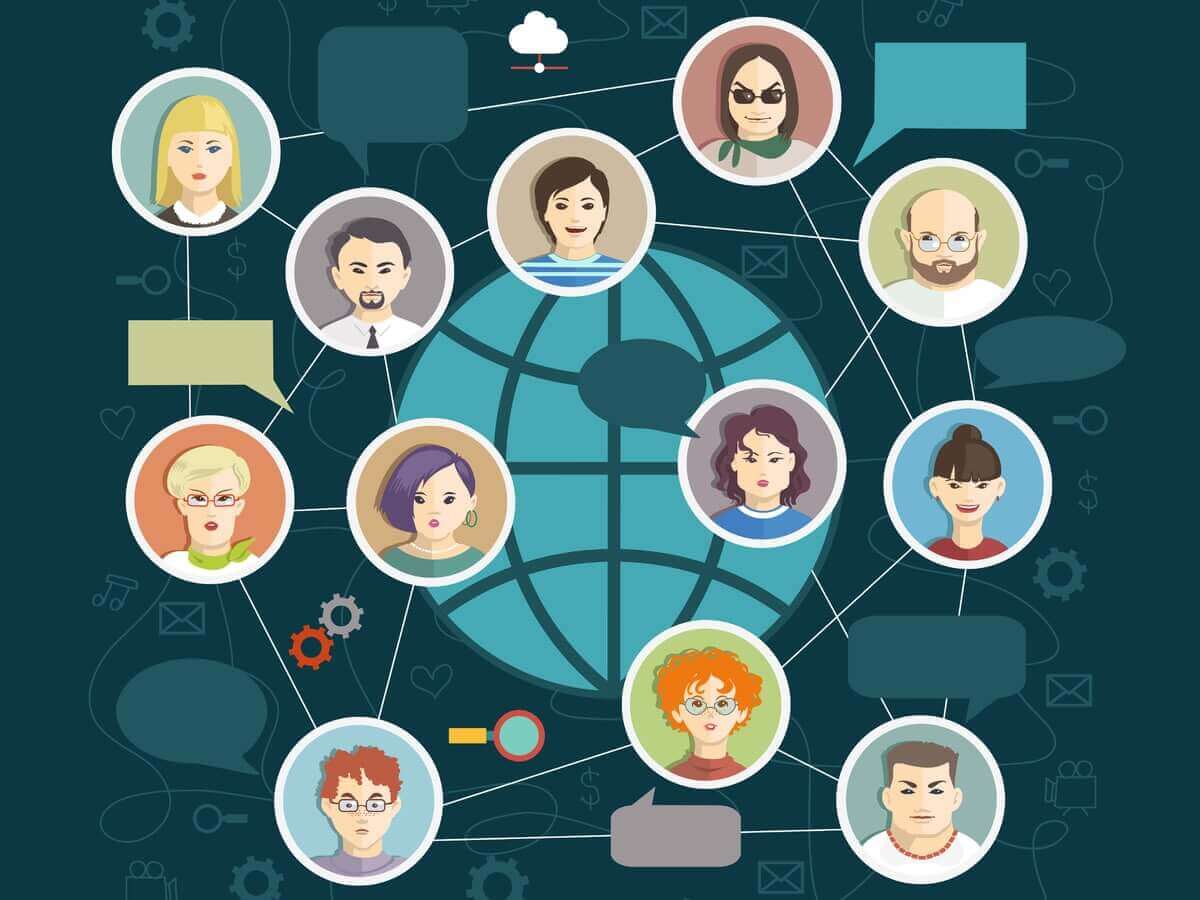
Be better at marketing to your target audience.
You know who your ideal customer is, right? Most businesses we work with have in mind a customer persona—not a real person, but a general type of person they can readily identify and describe. This is information that you may already have absorbed subconsciously while working with your client base. Whether you know it or not, you’ve probably already been working with one in your mind for quite some time.
So, if you sorta kinda already have this, why do you need to formalize it? For several reasons:
- Taking time to systematically develop your consumer profiles will help you fill in gaps you may not have been aware of.
- It will provide a better framework moving forward to help you target your personas as their needs and interests shift over time.
- You will be better able to communicate your target customers to your marketing department or outside agencies who need to know that information.
- A more systematic approach will allow you to fine-tune your marketing to target highly specific consumer profiles.
- If you work with automated marketing, you can tie your profiles in to specific functions, ensuring the right message goes out to the right people.
In short, consumer profiles can go a long way toward helping your message reach the right people. But if you don’t already have one, where do you start?
What are the key features to focus on when building a customer persona?
In order to build a consumer profile, focus on key areas of information you need to effectively target that person. For instance:
- What demographics are relevant to your business?
- Age? Gender? Social background? Not all of these will matter, but you should be aware of those that do.
- What kind of budget does your customer have?
- Are they rolling in wealth, or do they have a strict budget? Consumers with a wider budget may focus on luxury features, whereas others are price sensitive.
- Are you targeting a particular generation?
- Think about how values, interests, and cultural touchpoints differ between generations. A certain pop reference may be right on point for one generation, and go completely over the heads of another.
- What is their level of education?
- Did they graduate high school or do they have postgrad experience? How does this shape their worldview?
- Are there any brands or specific preferences linked to your customer persona?
- Does your typical customer buy Mac or PC? Do they read The New Yorker or The Wall Street Journal? Are they on social media, or do they subscribe to trade magazines? Knowing this information can help you put yourself where they are.
This list is not exhaustive, but you get the idea: you want to build up a complete picture of your ideal customer’s behaviors, mindset, preferences, lifestyle, etc. You want to be specific, but only where the information is relevant. If you notice that 90% of clients who match a certain profile show up to meetings with a Mac and drink La Croix, that’s a trend you can pay attention to. Where no such trend exists, don’t make one up just to add detail.
Use your consumer profiles to target marketing segments.
Usually, you will have more than one customer “type” or persona whom you do business with. For instance, you may have a key piece of recruiting software that helps companies match with ideal employees. Your ideal contact is probably either the head of HR at a mid-to-large company, or potentially someone higher up like the CEO or the CFO. However, you will want to send a different message to whoever you’re talking to.
Let’s start with the head of HR. This person knows recruiting, and will be best qualified to judge the merits of your product. You can get into the technical nitty gritty, demonstrate that you speak their language, and hopefully win them over as a key internal advocate for your product. The HR director will be most affected by your product, but may not have the ability to sign off on it. For that, you may need the approval of the CEO or the CFO. But with this person on your side, that bid is likely to go much smoother.
On the other hand, if you find yourself directly in touch with the CEO of the company, you have completely different benefits to push. With this person, you’d expect to emphasize efficiency, the competitive edge it will bring the company, and the costs it will save in finding and retaining new talent. They won’t necessarily want to see how your software functions on a day-to-day basis, because that’s not what affects them. They need to know how it will impact the company on a large scale.
How do your personas become your customers?
As you build your consumer profiles, look at how your customers move through the buying process. Do they make impulse purchases? Or do they only buy your product after a lot of research and a series of sales pitches? Are they the kind of customer who wants to interact with a demo on their own time? Or do they need a guided walkthrough from one of your sales associates?
Tying your personas and their buying behavior to your sales pipeline is where you will start to see real success and profitability with your consumer profiles approach. By matching a persona’s needs, pain points, and hesitations to a stage in the buyer’s journey, you can target each in turn, speeding them along the way and bringing them to a sale that much faster.
Your customer profile cannot include everyone.
Occasionally, we meet someone who is convinced their product is for everyone. They’re so convinced of the virtues of their product, they can’t focus their messaging on any specific group. As important as their product may be, their persona is still limited by several obvious factors: not everyone may want their product. Not everyone can afford their product. Or perhaps, their product doesn’t fit in with a certain lifestyle. You’ll never sell your latest technological advancement to a luddite, or someone about to leave the country to live somewhere without electricity.
Coca Cola can’t sell their product to people who don’t like the taste, or who have health concerns about drinking sugary beverages. And even Mark Zuckerberg can’t get the entire world on Facebook if some people refuse to opt in.
So like it or not, you need to choose your customers. And in the long run, you’ll find you have far more success when you do, because people like to feel chosen. They want to know you made your product for them. Exclusivity sells.
